Understanding the Process of Permineralization
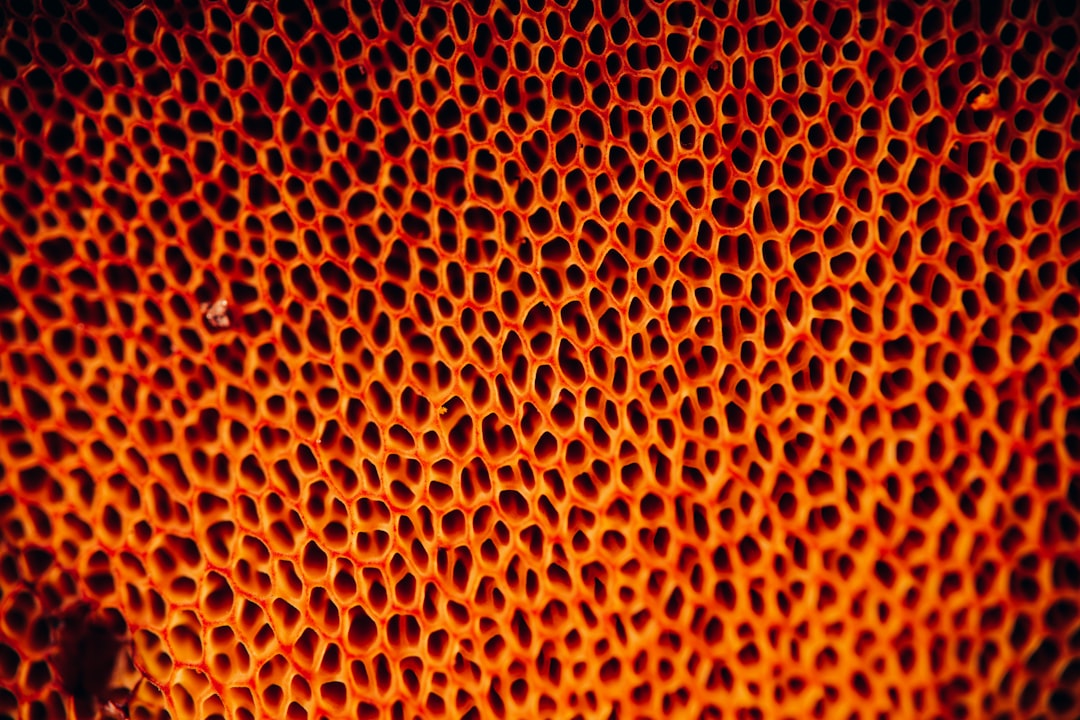
Permineralization is a unique process in the fossilization of organic materials. Unlike other forms of fossilization, which involve the immediate replacement of original material with mineral deposits, permineralization is characterized by the gradual infill of mineral-rich water into the porous spaces of an organism’s remains. These minerals, often silica, calcite, or pyrite, crystallize and preserve the intricate structures of the original material. This method of fossilization is particularly important in preserving delicate tissues and details that would otherwise be lost over time.
One notable aspect of permineralization is its ability to preserve fine cellular details of the organism. The minerals seep into the tissues and harden, creating a stone-like replica of the soft tissues. This aspect is crucial for researchers who study ancient life forms as it allows them to examine features in exquisite detail, often down to the cellular level. The National Park Service provides an educational resource that explains permineralization more deeply, especially useful for teachers and students exploring this field of study.
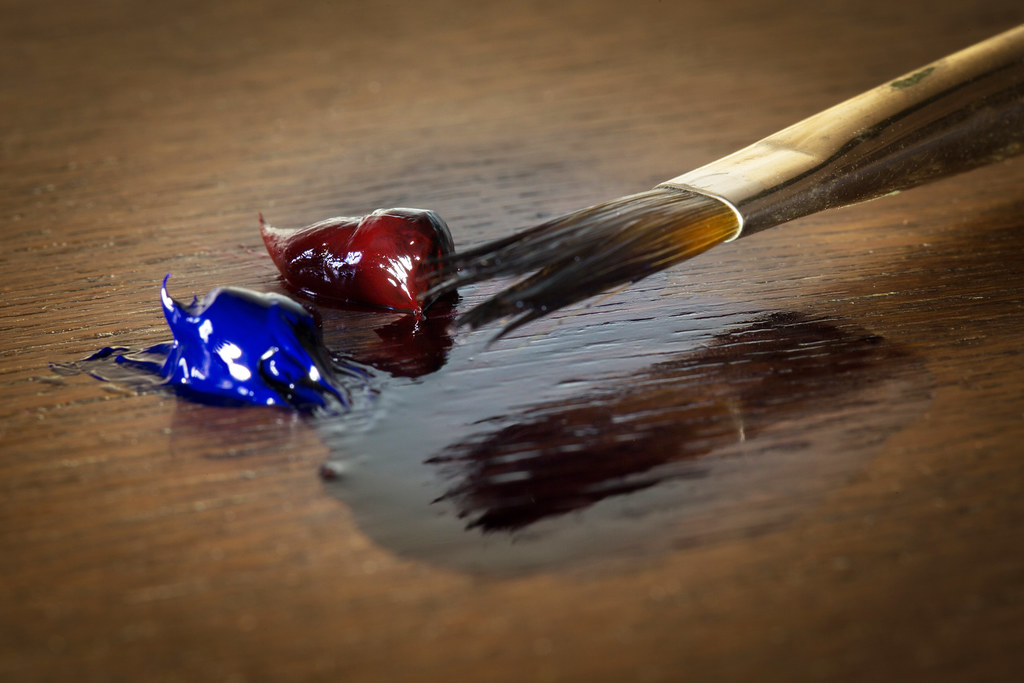
The Role of Symbiosis in the Marine Ecosystem
Symbiosis, particularly in marine ecosystems, often involves complex interactions between organisms. One example of such a relationship is sponge symbiosis. Sponges often host a variety of microorganisms that both aid in nutrient acquisition and enhance the adaptive capabilities of the sponge itself. The relationship between sponges and their symbiotic partners can evolve over time, allowing for greater resilience and adaptability in changing environmental conditions. This evolutionary adaptation of larval sponges facilitates symbiosis, as observed in recent studies. For more detailed recent research on this fascinating subject, the National Center for Biotechnology Information offers valuable insights.
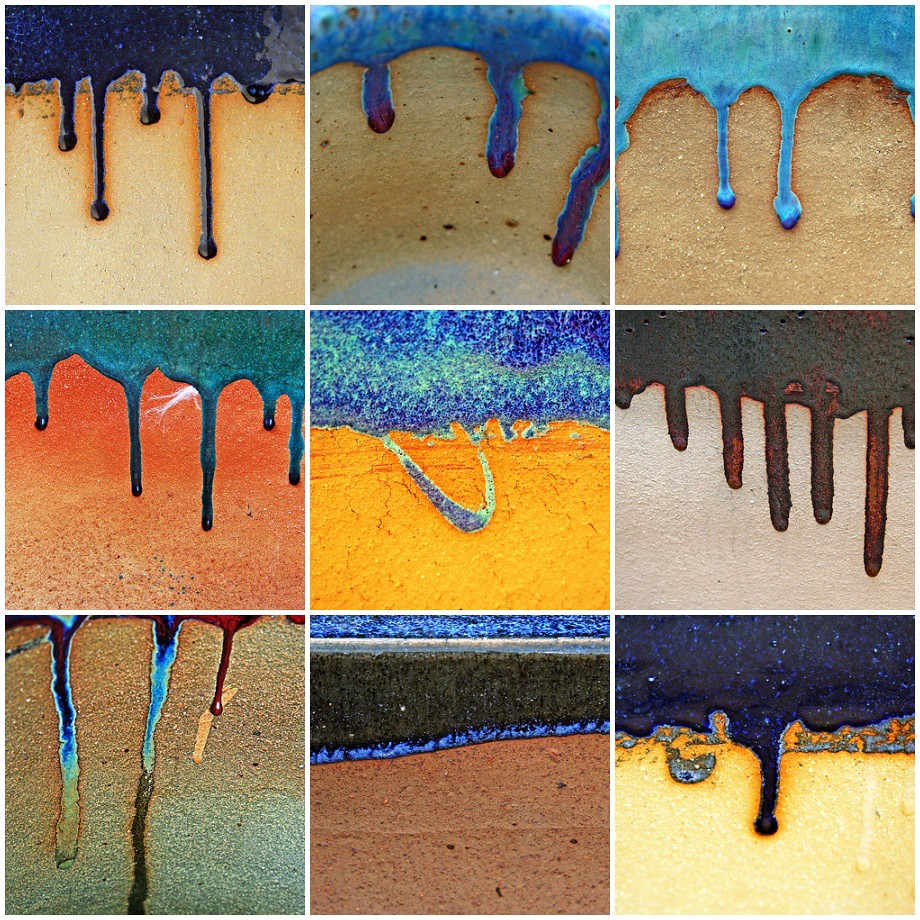
Historic Studies and Discoveries in Geology
The 20th century witnessed numerous significant geological discoveries. Among these, the work documented in HOV12 1954 offers a classic example of the meticulous research carried out by geologists to understand mineral deposits and geological formations. This report, provided by the United States Geological Survey, presents comprehensive findings from the mid-20th century that continue to inform present-day geological research and exploration.
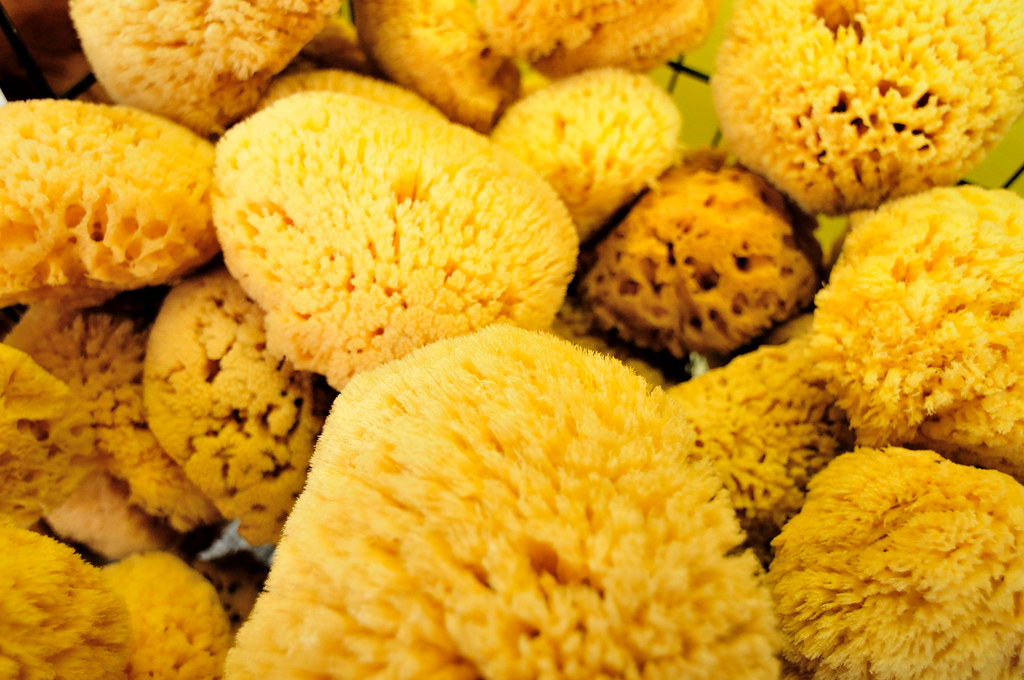
Recent Developments
Staying updated on the recent developments in the fields of paleontology, marine biology, and geology is crucial for both professionals and enthusiasts. This ensures a broadened understanding of how past studies influence and shape current and future research methodologies and findings.
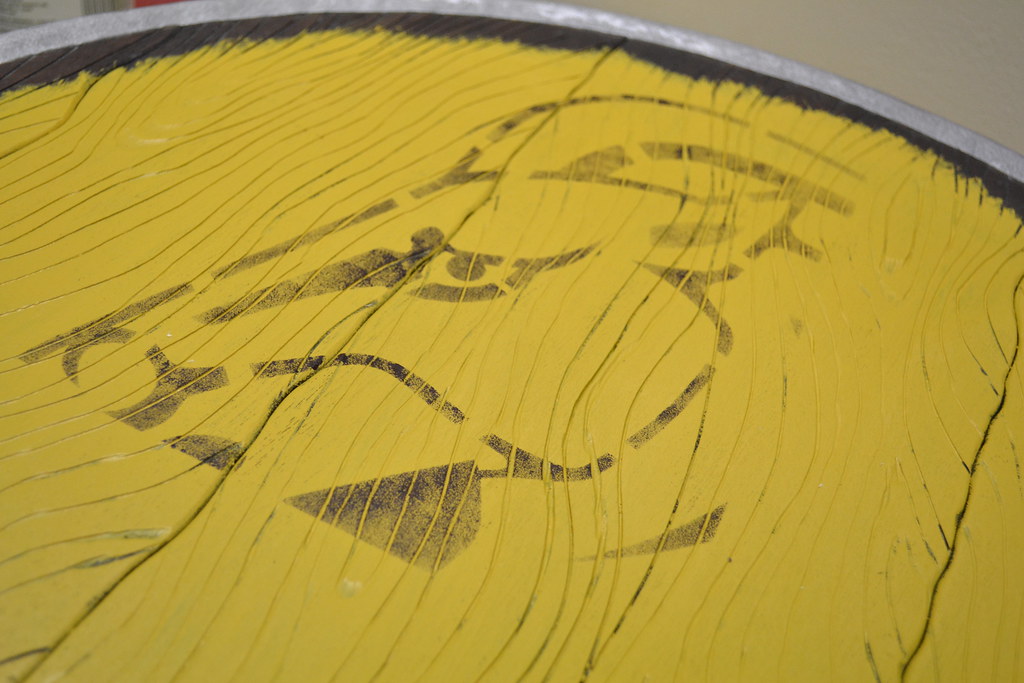
Related Video: How to Sponge Glaze Pottery
To see sponge glazing in action and enhance your pottery skills, check out this tutorial by Pottery Crafters. Their video provides step-by-step glazing tips, tools, and techniques that can help you achieve stunning effects on your ceramic pieces.
Sponge glazing opens up a world of creative possibilities for ceramic artists, allowing you to experiment with textures and patterns that can transform your pottery into unique, eye-catching pieces. Whether you’re aiming for subtle, watercolor-like hues or bold, intricate designs, this technique provides the flexibility to express your artistic vision with ease.
Stay Connected and Inspired
I'd love to see the amazing sponge glazing creations you come up with! Follow us on Instagram to stay updated with the latest tips, tutorials, and inspiration from our vibrant ceramic community. Let's continue this creative journey together!
